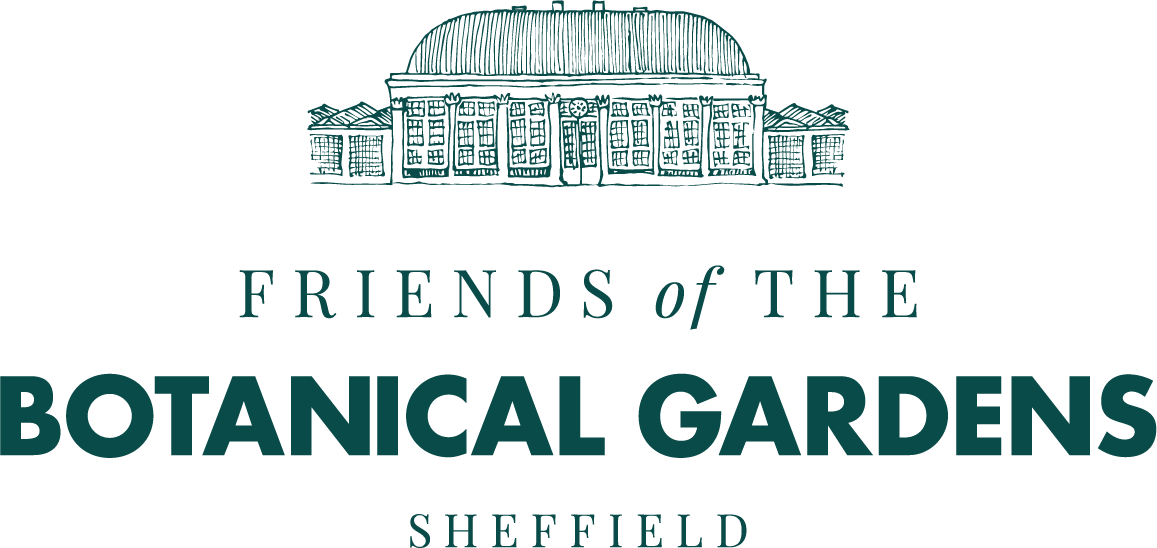Onopordum acanthium 'Cotton or Scotch Thistle'
A member of the Asteraceae, Onopordon acanthium known as ‘Cotton or Scotch Thistle’ has seeded itself on the edge of a bed in the Four Seasons Garden. Although noted as a biennial this must be the third year this fine architectural plant has been here. The giant vertical in any garden makes a bold statement but in the front of the border adds an exciting element of grandeur and majesty.
Onopordum acanthium is a very distinctive thistle described by the sixteenth-century herbalist John Gerard as 'set full of most horrible sharp prickes ... so that it is impossible for man or beast to touch the same without great hurt or danger'. The name 'acanthium' appropriately enough means 'thorny plant'
It is a European native species that reaches into central Russia and western Asia. In the British Isles it is naturalised and there is archaeological evidence of its presence from the Iron Age. It occurs in naturally disturbed habitats being acclimated to the ruderal habitats humans have created including fields, field margins, pastures and waste land, and similarly across much of North America and parts of Australia where it has been inadvertently introduced. In gardens whilst often doing best on the poorest soils in the hottest situations, it will tolerate a range of soils in full sun as long as these are well drained, neutral to slightly alkaline. It is hardy to RHS 5 that is -10 C to -15C.
As a biennial in the first year, it makes a large rosette of huge spiny leaves to 30 cms copiously felted with white down. Next season the sturdy flowering stem to 3m creates a branching pyramid carved of stiff white felt, pointed with prickles and topped with pale lilac thistle flowers 5 cms across beloved by butterflies. The seeds provide food for birds such as goldfinches. It seeds freely but as a clump former it will not spread from its space and is ideal for gravel gardens or wilder areas.
Outside of gardens tall plants that are found are usually of garden origin and usually casual. However small plants that form persistent populations on arable edges and adjacent roadsides in Breckland may represent a native variant. It has increased in frequency since the 1960s possibly as an escape from gardens where it is frequently grown.
Over the last decade, with the increasing interest shown by researchers in finding alternatives to fossil fuels, the oil from the fruits of cotton thistle has been investigated as a potential biofuel.



